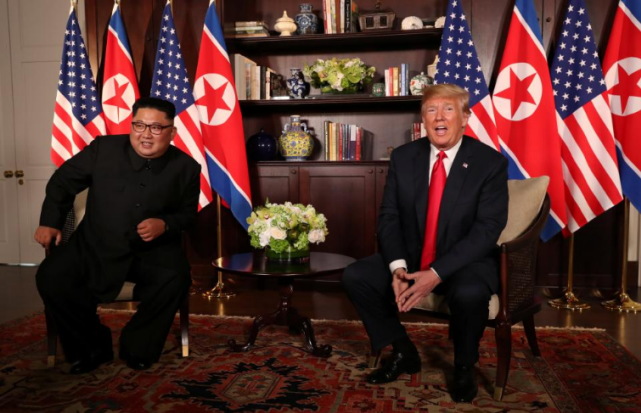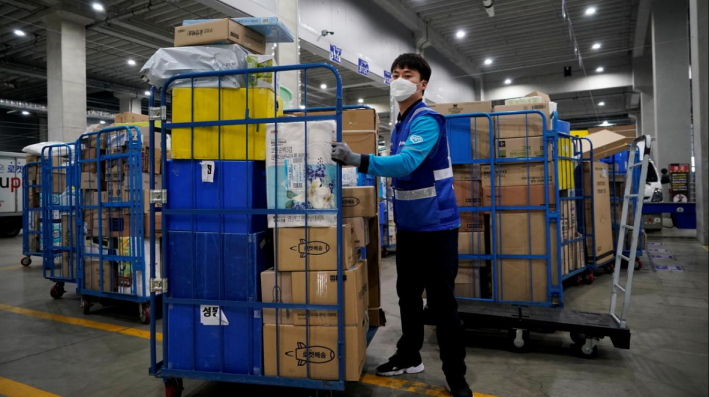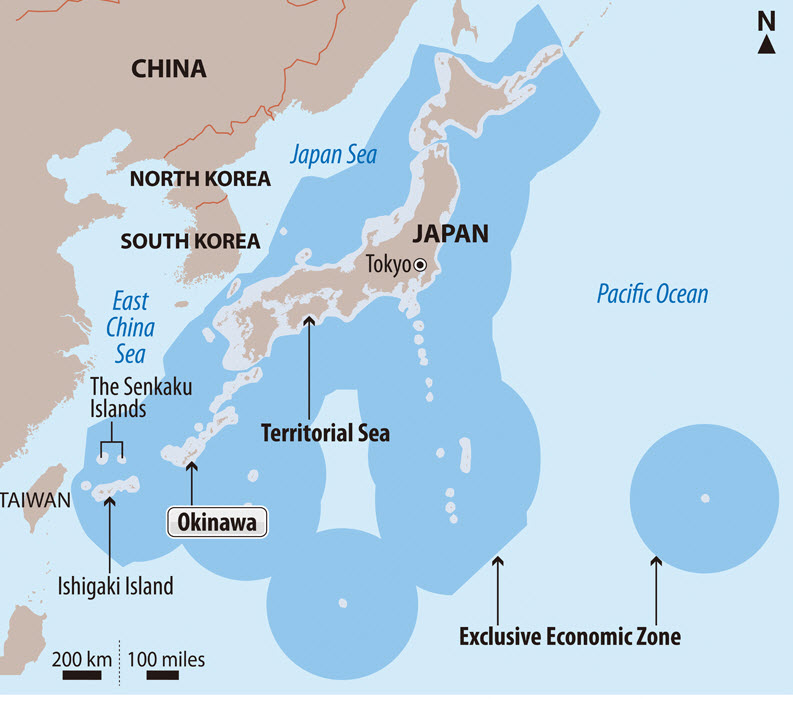A piece in Korean media, Dong A Libo, reporting that North Korea had described plans to “put strategic armed forces on a high alert operation”



This comes after e-commerce firm, Coupang, reported an outbreak at its logistics center located in Buncheon with at least 36 cases linked to the fresh cluster at the moment.
.jpg)


The world’s two largest contract electronics suppliers, Foxconn and Quanta Computer, said on Wednesday that they will continue to move production capacity out of China to cope with the protracted trade war.
“The U.S.-China trade war is very dynamic and our clients are monitoring the situation closely,” Foxconn Chairman Young Liu told reporters. “We have to be well prepared and expand capacity at the fastest pace when our clients make decisions [to move].”
Formally traded as Hon Hai Precision Industry, Foxconn’s other key clients include China’s Huawei Technologies, Google, Amazon and Tesla. The company makes a wide range of goods such as smartphones, PCs, servers and electronics components, many of which have been hit by Washington’s tariffs.
Foxconn has manufacturing facilities in 16 countries, but 75% of its capacity is in China. It is the country’s largest employer and exporter. But now the company’s decadeslong production portfolio has begun to change owing to the trade tensions. (more…)
— Nissan Motor is expected to report a more than 90% plunge in first-quarter operating profit on Thursday, Nikkei has learned, and will cut up to 7% of its global workforce as it braces for one of the worst years in a decade.
Operating profit in the April to June period will come in at less than 10 billion yen, down from 109.1 billion yen ($1 billion) for the same period a year earlier.
The Japanese automaker issued a statement saying that it expects the result “to be close to the figure reported” in the Nikkei article, which it described as “speculative.”
Sales in the U.S., one of Nissan’s biggest markets, continue to fall, while the costs of developing electric vehicles and autonomous driving technologies are weighing heavily on profits.
The company is now scrambling to reduce production capacity and intends to increase the planned 4,800 job cuts announced in May to more than 10,000 out of a 139,000-strong workforce.
Data from QUICK FactSet shows the automaker’s operating profit also fell below 10 billion yen for January to March. The last time Nissan’s operating performance dropped so sharply was in January-March 2009, when the company recorded a loss of 200 billion yen.
Nissan is scheduled formally to announce the first-quarter results on Thursday afternoon. (more…)
China is now neck and neck with the U.S. in Fortune Global 500 members, reflecting a shift in economic power that lies at the heart of trade tensions between Beijing and Washington.
This year’s ranking of the world’s 500 largest businesses by year-earlier revenue includes 119 Chinese companies, up from 111 in 2018. U.S. enterprises declined to 121 from 126. Two decades ago, Chinese entries numbered in the single digits. So “though China has a stronger presence near the bottom of the roster than the top, it’s clear where the momentum is,” wrote Clifton Leaf, editor-in-chief of Fortune magazine.
Among the 39 Chinese companies in this year’s top 150, all but five are state-owned enterprises. They include banks, automakers, and such energy giants as Sinopec Group, China National Petroleum and State Grid, which have solidified their positions in the top 10.
Major Chinese major technology companies are rapidly moving up the ladder, with Alibaba Group Holding and Tencent Holdings climbing 118 and 94 rungs to No. 182 and No. 237. Hong Kong-listed Xiaomi debuted on the list at No. 468.
These patterns highlight core issues underlying the Sino-American trade war: China’s rising economic prowess, a technology race where it is rapidly catching up, and a clash of economic paradigms. (more…)